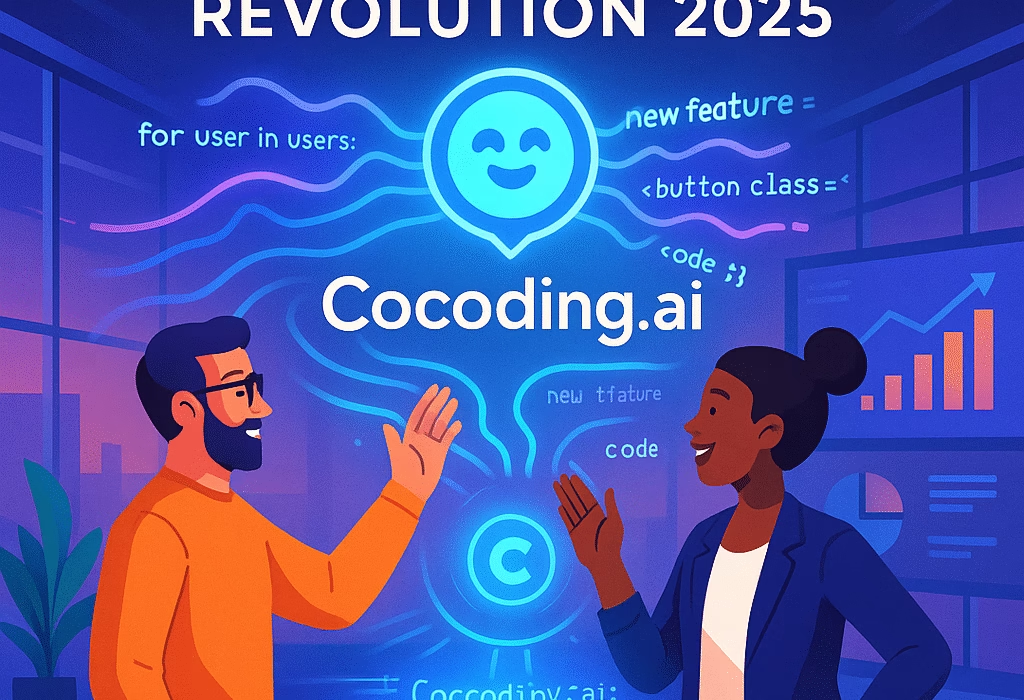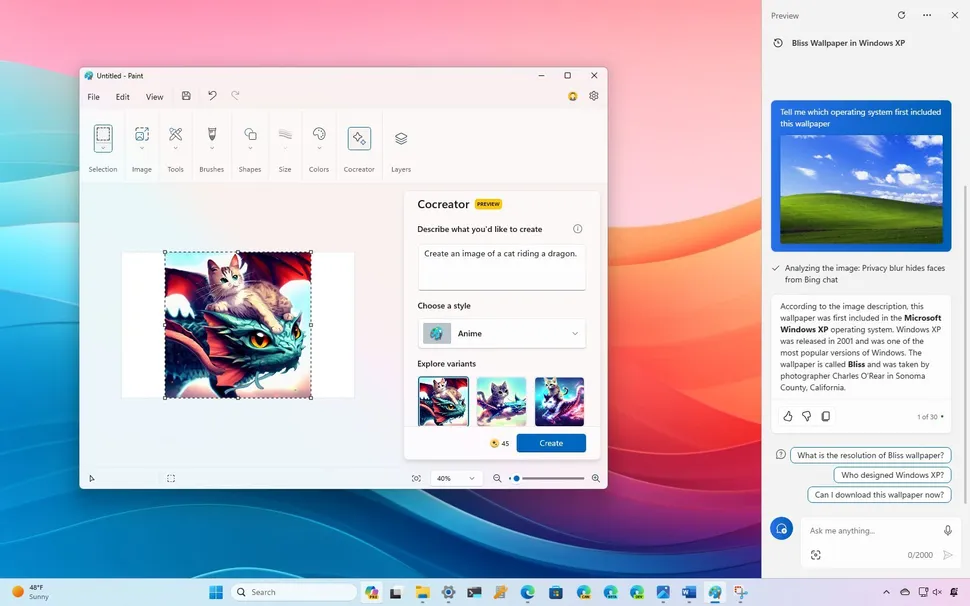What is Vibe Coding in Software Development? Andrej Karpathy’s Vision and the Future of Programming
Estimated reading time: 15 minutes
Key Takeaways
- Vibe coding is a paradigm shift where developers use natural language to instruct AI, which then generates code.
- The term was popularized by Andrej Karpathy, envisioning a more intuitive and less syntax-driven development process.
- It emphasizes rapid iteration, creative problem-solving, and achieving desired outcomes over meticulously writing every line of code.
- AI coding assistants are the foundational technology enabling vibe coding, significantly accelerating development.
- While offering immense benefits in productivity and creativity, vibe coding also introduces challenges related to AI dependency and the need for new skills.
- The future of AI programming points towards increasingly sophisticated AI, deeper integration into development workflows, and a democratization of software creation.
Table of contents
Introduction
The world of software development is in a constant state of flux, a dynamic ecosystem where new methodologies and tools emerge at a breathtaking pace. Keeping up can feel like a full-time job in itself. At the forefront of this evolution is a concept that promises to redefine how we interact with code: **what is vibe coding in software development**?
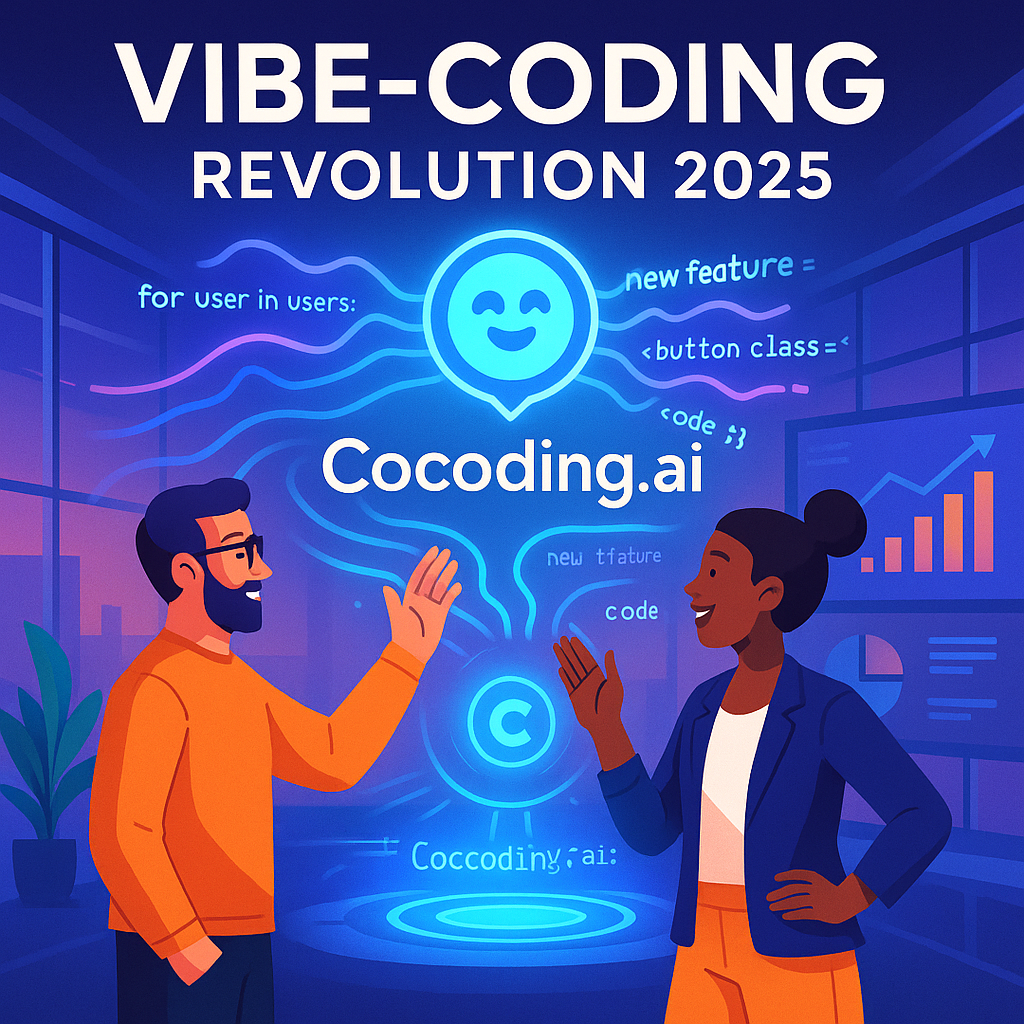
Vibe coding represents a revolutionary approach, leveraging the power of Artificial Intelligence (AI) and Large Language Models (LLMs) to translate human language into executable software. Instead of immersing ourselves in the intricate syntax and logic of traditional programming, we can now articulate our desires in plain English, and watch as AI crafts the underlying code.
This new frontier has been significantly shaped by pioneers like Andrej Karpathy, who has been instrumental in conceptualizing and popularizing the term. Understanding **vibe coding explained Andrej Karpathy** offers a profound insight into this shift. This blog post aims to demystify vibe coding, explore Andrej Karpathy’s vision for its application, and examine the profound implications it holds for developers and the very future of programming.
The Genesis and Core Concept of Vibe Coding
At its heart, vibe coding is about a fundamental shift in how we conceive and create software. Forget the days of meticulously crafting every single line of code, agonizing over semicolons and parentheses. Vibe coding empowers developers to express the *desired functionality* in natural, conversational language. The AI, in turn, acts as an incredibly capable interpreter, translating these high-level instructions into functional, working software.
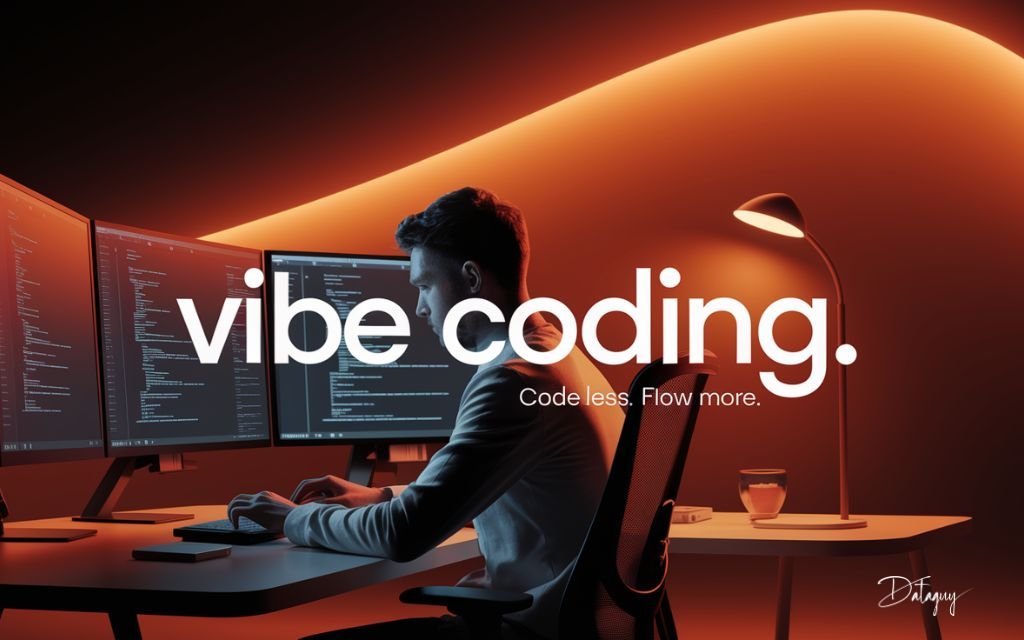
But what exactly does “vibe” mean in this context? It’s more than just a catchy term. The “vibe” signifies an embrace of intuition, a striving for a state of *flow* where creation feels seamless and natural. It’s about facilitating rapid iteration, allowing for quick experimentation and refinement without getting bogged down in the minutiae of implementation. This approach fosters a more flexible, adaptive development process, moving away from the rigid adherence to traditional coding practices that often characterized earlier eras of software engineering.
This represents a significant departure from traditional software development methodologies. The emphasis shifts dramatically from a *syntax-centric* approach, where mastering the intricacies of programming languages was paramount, to an *outcome-driven* development model. The focus is now on what you want to achieve, rather than precisely how you get there line by line.
As researchers have noted, *”Vibe coding is a revolutionary approach to software development that leverages artificial intelligence (AI) and large language models (LLMs) to generate code based on natural language prompts. Instead of writing code line-by-line, developers describe the desired functionality in plain English, and AI tools translate these instructions into working software. This method shifts the focus from syntax and technical details to high-level problem-solving, creativity, and rapid iteration.”* [Source URL]
Andrej Karpathy’s Vision: Vibe Coding Explained
The conceptualization and popularization of vibe coding owe a significant debt to Andrej Karpathy, a prominent figure in the AI and machine learning community. When we explore **vibe coding explained Andrej Karpathy**, we uncover a vision of a future where developers can truly “give in to the vibes.” This means fully embracing the exponential potential of AI, allowing it to handle the heavy lifting of code generation and, to a significant extent, reducing the necessity for developers to manually inspect or write every single line of code.
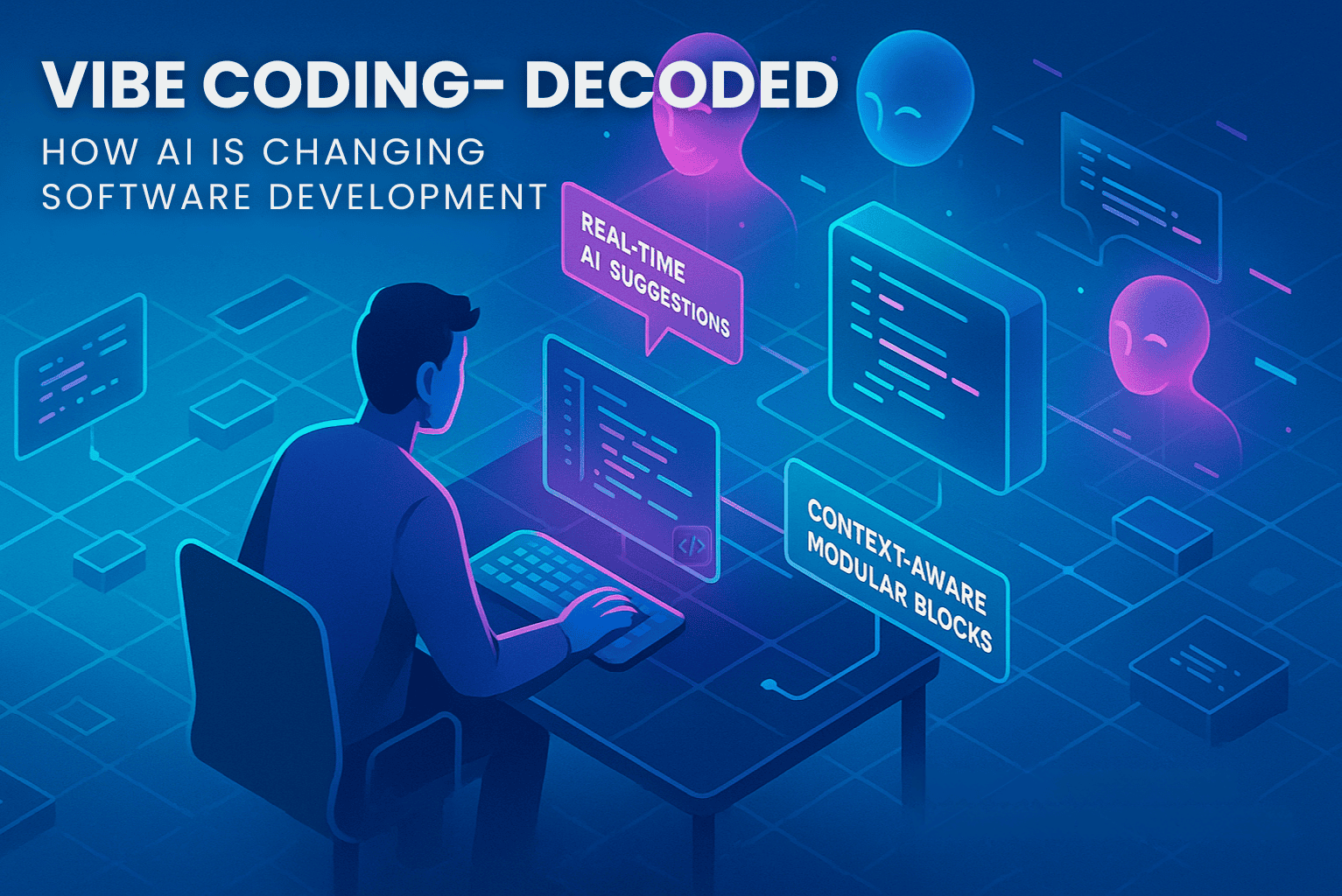
Karpathy envisions the developer’s role evolving dramatically. Instead of being solely a meticulous coder, the developer transforms into a manager, a director, or a conductor. Their primary function becomes guiding the AI through an iterative process of experimentation and prompt refinement. This is a departure from traditional debugging or exhaustive code reviews, shifting the focus to high-level strategy and effective communication with the AI.
He articulates a workflow characterized by a *”conversational, iterative process.”* In this paradigm, developers and AI collaborate in a tight, responsive feedback loop. The developer initiates with a high-level description of what they need – a feature, a component, or even an entire application. The AI then generates the corresponding code. The developer’s role is to evaluate this output, not necessarily by diving deep into the code itself, but by refining the prompts, tweaking the instructions, and asking for modifications. This rapid cycle of prompt, generate, and evaluate allows for swift improvements without the traditional friction points.
Karpathy’s perspective highlights a critical shift: *”the emphasis is on **outcome over syntax**, and the developer trusts the AI to handle the technical implementation.”* This reflects a broader, transformative trend toward **prompt-driven development**. In this emerging model, the ability to craft clear, effective, and nuanced prompts becomes as crucial, if not more so, than traditional coding expertise.
Research supports this view, stating, *”Karpathy’s vision for vibe coding centers on a **conversational, iterative process** where developers and AI collaborate in a tight feedback loop. The developer provides a high-level description of a feature or application, the AI generates the code, and the developer evaluates the output based on functionality and user experience. If the result isn’t quite right, the developer tweaks the prompt and tries again—often achieving rapid improvements without ever looking at the underlying code.”* [Source URL]
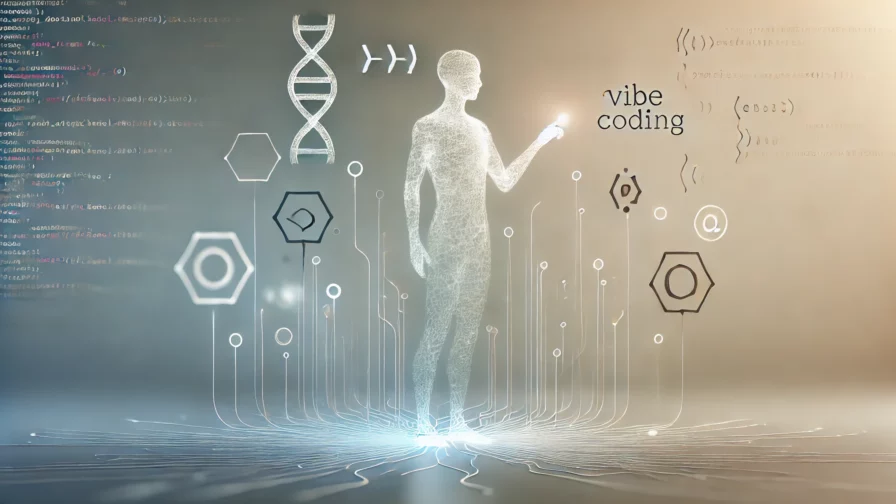
Furthermore, *”In vibe coding, the emphasis is on **outcome over syntax**, and the developer trusts the AI to handle the technical implementation. Karpathy’s vision reflects a broader trend toward **prompt-driven development**, where the quality of communication with the AI becomes as important as technical expertise.”* [Source URL]
The Crucial Role of AI Coding Assistants
Vibe coding, in its essence, is fundamentally enabled by the advancement and proliferation of AI. Without sophisticated AI coding assistants, the concept would remain largely theoretical. These intelligent tools are the engines that power this new paradigm, transforming how software is conceived, written, and deployed.

The significance of **AI coding assistant tools 2025** cannot be overstated. We are witnessing the rise of incredibly powerful tools that are rapidly becoming indispensable. Prominent examples include GitHub Copilot, which offers intelligent code suggestions directly within an Integrated Development Environment (IDE), and Cursor Composer, which aims for more integrated AI-driven coding experiences. Beyond these specific tools, advanced Large Language Models (LLMs) such as GPT-4, Claude, and Sonnet provide the underlying intelligence that fuels these assistants, demonstrating remarkable capabilities in understanding and generating code.
These AI assistants facilitate the “vibe” of vibe coding in several crucial ways:
- *Generating code from natural language prompts:* This is the cornerstone of vibe coding. Developers describe what they want, and the AI generates the code to achieve it.
- *Suggesting improvements and optimizations:* Beyond initial generation, these tools can analyze existing code and propose more efficient or robust alternatives.
- *Handling complex tasks:* They can manage intricate aspects of development, such as setting up backends, configuring databases, or even selecting appropriate frameworks, tasks that traditionally required significant specialized knowledge.
- *Accelerating prototyping and experimentation:* The ability to quickly generate functional code allows for rapid testing of ideas and concepts, drastically shortening the innovation cycle.
By automating the more routine and often tedious aspects of coding—the boilerplate code, the standard configurations, the repetitive logic—these AI assistants free up developers to concentrate on higher-level tasks. This includes strategic planning, user experience design, and creative problem-solving. The result is not only a significant acceleration in development speed but also a more accessible coding landscape, empowering individuals with less traditional programming experience to contribute to software creation.
The impact is clear: *”AI is the backbone of vibe coding, enabling developers to build software at unprecedented speed and scale. **AI coding assistant tools 2025**—such as GitHub Copilot, Cursor Composer, and advanced LLMs like GPT-4, Claude, and Sonnet—play a crucial role in this workflow.”* [Source URL]
Moreover, *”By automating routine coding tasks and boilerplate, AI coding assistants free developers to focus on strategy, user experience, and creative problem-solving. This shift not only speeds up development but also makes coding more accessible to non-technical creators and startups with limited resources.”* [Source URL]
The Impact of Vibe Coding on Developers
The advent of vibe coding is poised to reshape the role and experience of software developers in profound ways. Understanding the **impact of vibe coding on developers** reveals a landscape of both significant opportunities and notable challenges.
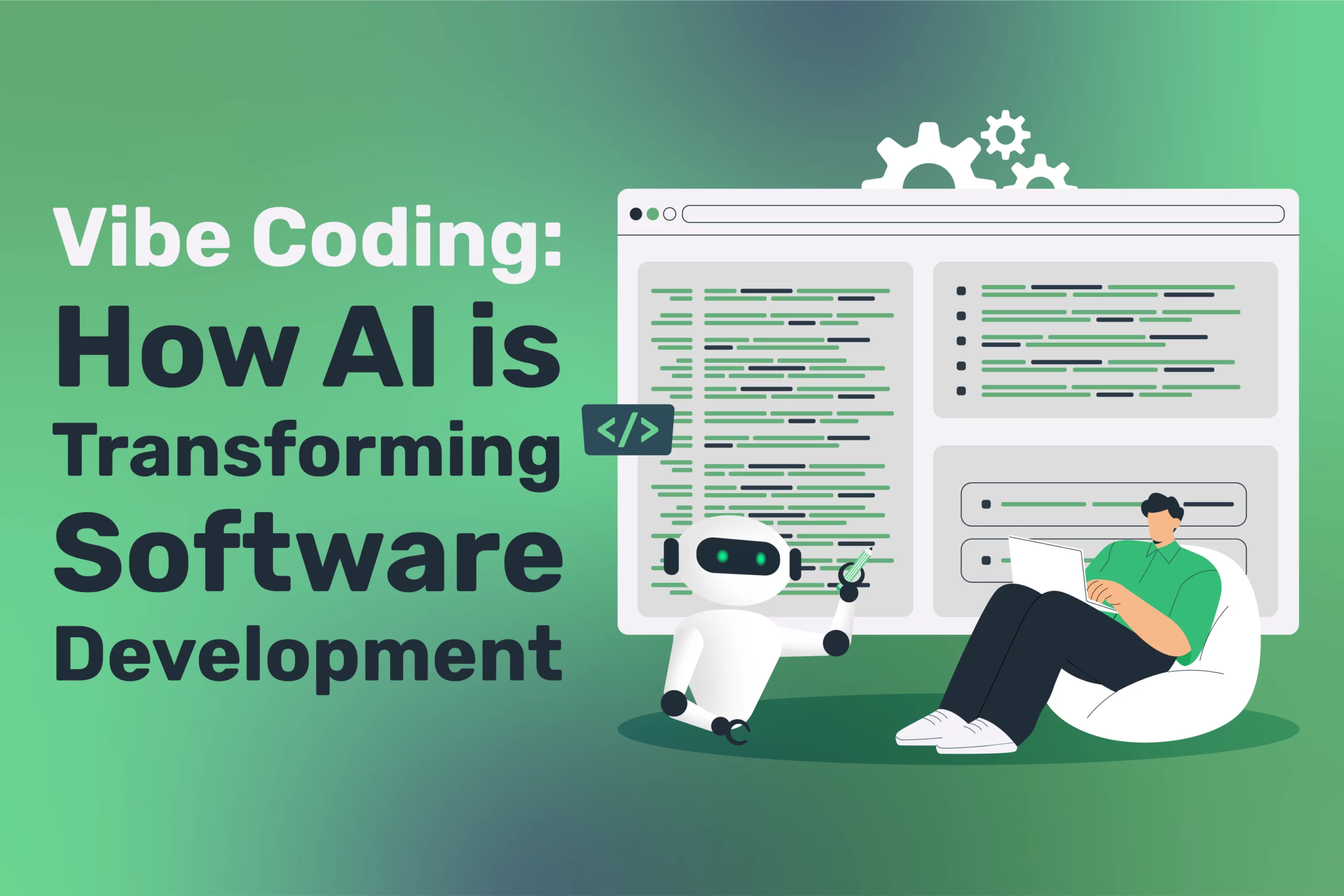
Let’s explore the key benefits that vibe coding brings:
- *Increased productivity:* This is perhaps the most immediate and impactful benefit. Developers can conceptualize, build, and validate ideas, creating functional prototypes in hours or days, a process that previously could take weeks or even months.
- *Enhanced creativity:* By offloading the burden of low-level technical details and syntax management, developers are freed to explore novel concepts and experiment more liberally. This fosters a more creative and innovative development environment.
- *Reduced cognitive load:* The mental effort required to manage complex codebases, track dependencies, debug intricate logic, and remember precise syntax can be immense. Vibe coding significantly lessens this cognitive burden, allowing developers to focus on the bigger picture.
- *Faster learning curves:* This paradigm has the potential to democratize software development. Individuals who may not have extensive formal programming training can contribute more effectively by simply articulating their needs and ideas in plain language, aided by AI.
However, this transformative shift also introduces potential challenges and concerns that warrant careful consideration:
- *Over-reliance on AI:* A significant risk lies in developers becoming excessively dependent on AI-generated code. This could lead to a “deskilling” effect, where fundamental coding abilities atrophy due to a lack of consistent practice.
- *Need for new skills:* The rise of vibe coding necessitates the development of a new skill set. Mastery of prompt engineering—learning how to effectively communicate with AI—becomes paramount. Developers must also hone their ability to critically evaluate AI-generated output, identify potential flaws, and guide the AI toward achieving desired, high-quality outcomes.
- *Quality and security concerns:* AI-generated code, while often functional, is not infallible. It can contain subtle bugs, security vulnerabilities, or inefficiencies that might not be immediately apparent. Rigorous human oversight and thorough testing remain essential to ensure the robustness and security of the final product.
Ultimately, the most effective vibe coding workflows will likely be those that strike a harmonious balance. This integration of AI automation with experienced human judgment ensures that developers retain ultimate control and responsibility for the quality, security, and functionality of the software they create. As research indicates, *”Key impacts include: **Increased productivity:** Developers can validate ideas and build prototypes in hours or days, rather than weeks or months. **Enhanced creativity:** With less time spent on technical details, developers can experiment with new ideas and iterate rapidly. **Reduced cognitive load:** The mental burden of managing syntax, dependencies, and debugging is significantly reduced. **Faster learning curves:** Non-technical users can participate in software development by describing their needs in plain language.”* [Source URL]
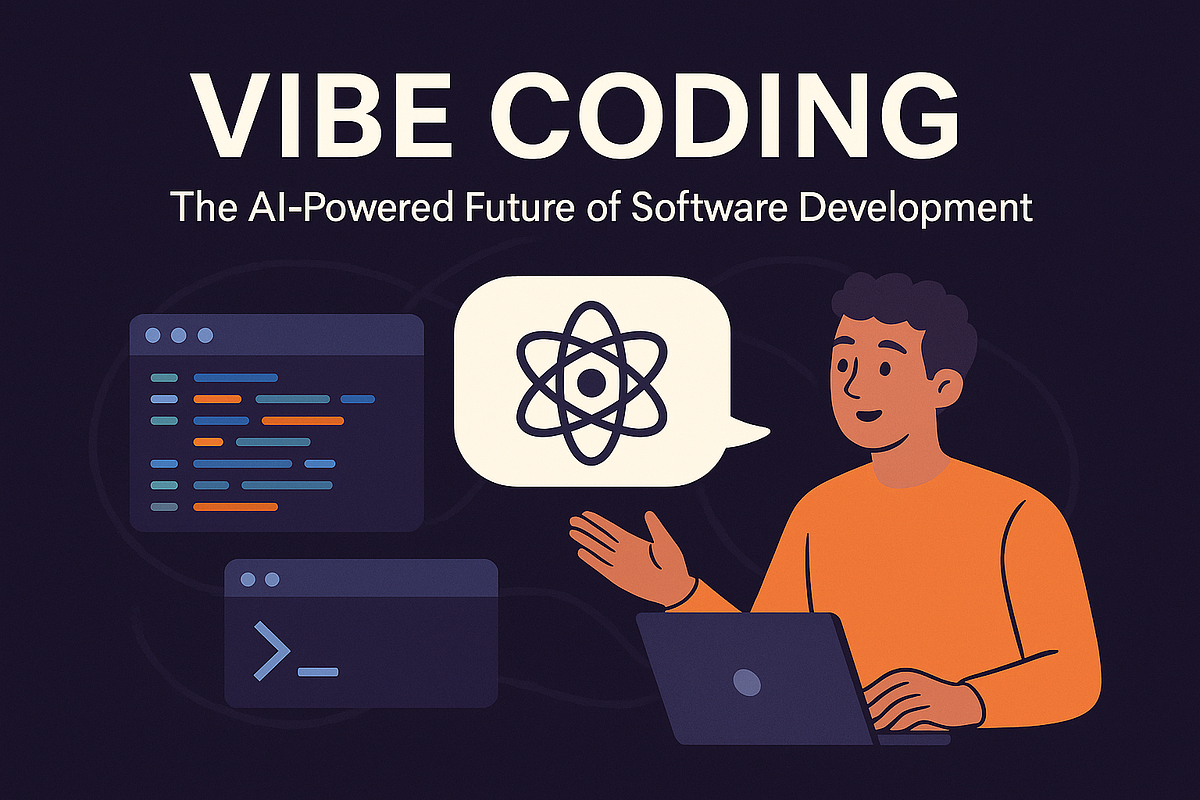
Conversely, *”However, vibe coding also presents challenges: **Over-reliance on AI:** There is a risk of deskilling if developers become too dependent on AI-generated code. **Need for new skills:** Developers must learn to craft effective prompts, evaluate AI output critically, and guide the AI toward the desired outcome. **Quality and security concerns:** AI-generated code may contain bugs, vulnerabilities, or inefficiencies that require careful oversight.”* [Source URL]
And the path forward is clear: *”As a result, the most successful vibe coding workflows blend AI automation with human judgment, ensuring that developers remain in control of the final product.”* [Source URL]
Future Trends in AI Programming and the Evolution of Vibe Coding
Looking ahead, the trajectory of AI in programming, and consequently the evolution of vibe coding, is incredibly exciting. We can anticipate several key developments that will further transform the software development landscape.

Future trends in AI programming will likely include:
- *More sophisticated AI models:* The LLMs powering AI coding assistants will continue to evolve. We can expect them to become even more adept at understanding complex context, generating highly secure and efficient code, and managing the intricacies of large-scale software architectures. Their reasoning and problem-solving capabilities will advance significantly.
- *Deeper integration with development environments:* AI coding assistants will move beyond being standalone tools. They will become deeply embedded within IDEs, version control systems (like Git), and continuous integration/continuous deployment (CI/CD) pipelines. This seamless integration will make AI assistance an organic part of the developer’s workflow.
- *Democratization of coding:* Vibe coding will continue to empower non-technical users. As AI tools become more intuitive and capable, individuals from diverse backgrounds and industries will be able to build software solutions, thereby accelerating innovation across a much wider spectrum of fields.
- *New paradigms in software development:* The traditional software development lifecycle, often characterized by distinct phases, may morph into more fluid, AI-driven workflows. These new paradigms will likely emphasize rapid experimentation, continuous user feedback, and highly iterative development cycles, all significantly accelerated by AI capabilities.
These advancements suggest that vibe coding is not merely a fleeting trend but a foundational shift that will continue to shape how software is created. The potential for AI coding assistants to understand user intent more accurately, anticipate needs, and proactively suggest solutions will redefine developer productivity. Furthermore, the ability to generate and test complex architectures with AI assistance could lead to entirely new approaches to building robust and scalable applications.
The **future of AI programming** is intrinsically linked to these evolving trends, and vibe coding represents just the beginning of a much broader transformation. As research points out, *”Future trends include: **More sophisticated AI models:** LLMs will become better at understanding context, generating secure and efficient code, and handling complex software architectures. **Integration with development environments:** AI coding assistants will be deeply embedded in IDEs, version control systems, and CI/CD pipelines. **Democratization of coding:** Vibe coding will empower non-technical users to build software, accelerating innovation across industries. **New paradigms in software development:** The traditional software development lifecycle may shift toward more agile, AI-driven workflows, with a greater emphasis on rapid experimentation and user feedback.”* [Source URL]
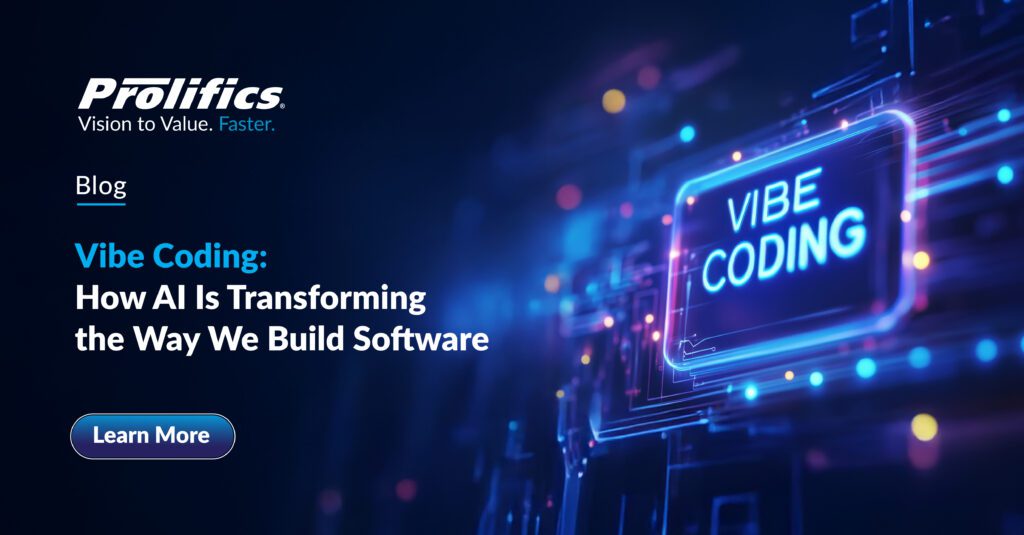
These developments underscore the dynamic nature of the field: *”These trends reflect the dynamic and exciting **future of AI programming**, where vibe coding is just the beginning of a broader transformation in how software is created and maintained.”* [Source URL]
Final Thoughts and Call to Action
In summary, **what is vibe coding in software development**? It’s a paradigm shift that leverages AI and LLMs to translate natural language into code, emphasizing intuition, rapid iteration, and outcome-driven development over traditional syntax-heavy coding. Andrej Karpathy’s vision highlights a future where developers act as directors, guiding AI to build software through a conversational, iterative process.
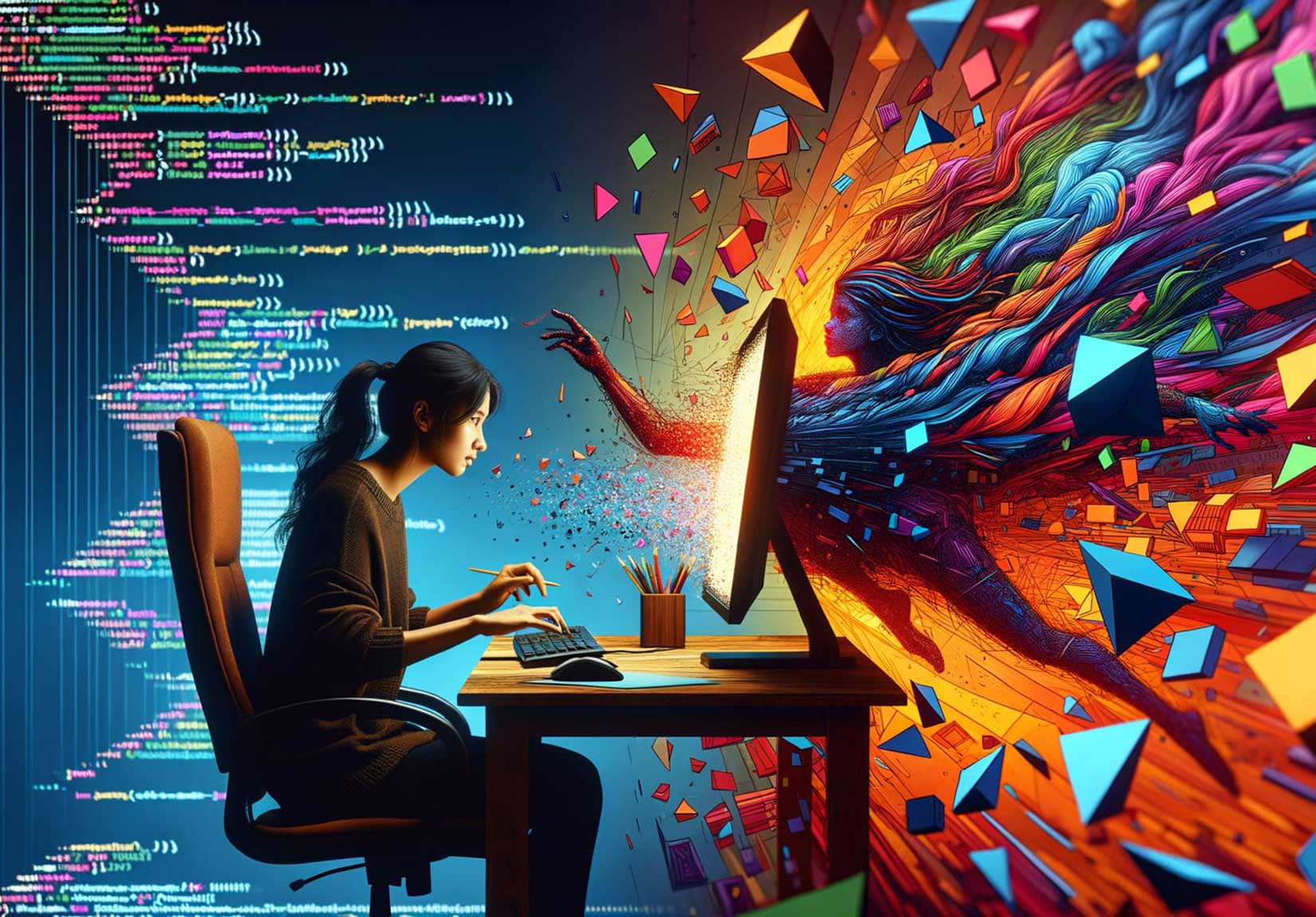
The pivotal role of **AI coding assistant tools 2025** and their continued advancement cannot be overstated. Tools like GitHub Copilot and sophisticated LLMs are the bedrock upon which vibe coding is built, continuously pushing the boundaries of what’s possible in software creation.
We stand at the cusp of an exciting era shaped by **future trends in AI programming**. The transformation of the developer role, the increasing sophistication of AI, and the democratization of software creation are all intrinsically linked to the core principles of vibe coding.
To stay relevant and thrive in this dynamic technological landscape, it is essential to actively engage with and experiment with vibe coding and AI-powered development tools. Explore the possibilities, refine your prompting skills, and embrace this new way of building software.

Beyond software development, consider the broader implications of AI. Explore **how AI is changing the world** and its pervasive impact across various industries. [Source URL]
Understand the evolving job market by learning about the **impact of AI on UK jobs** and identifying the essential skills needed for the future workforce. [Source URL]
Delve into the cutting edge with insights on the **future of generative AI** and its transformative potential for businesses in 2025. [Source URL]
And remember the critical role of these technologies in our field: Understand the importance of **AI coding assistant tools 2025** in the evolving landscape of software development. [Source URL]


